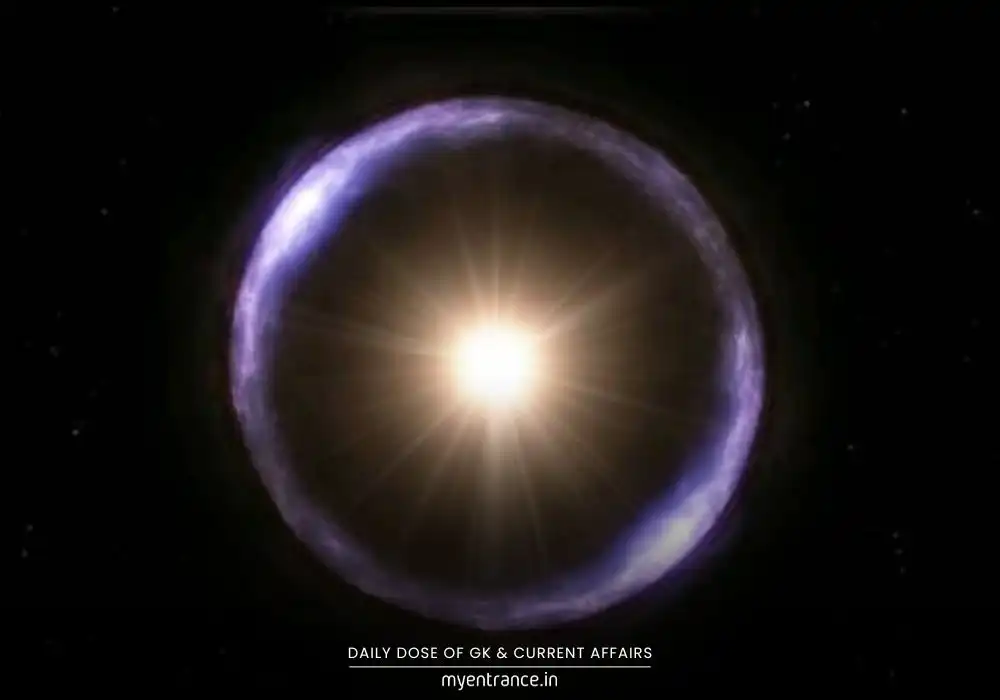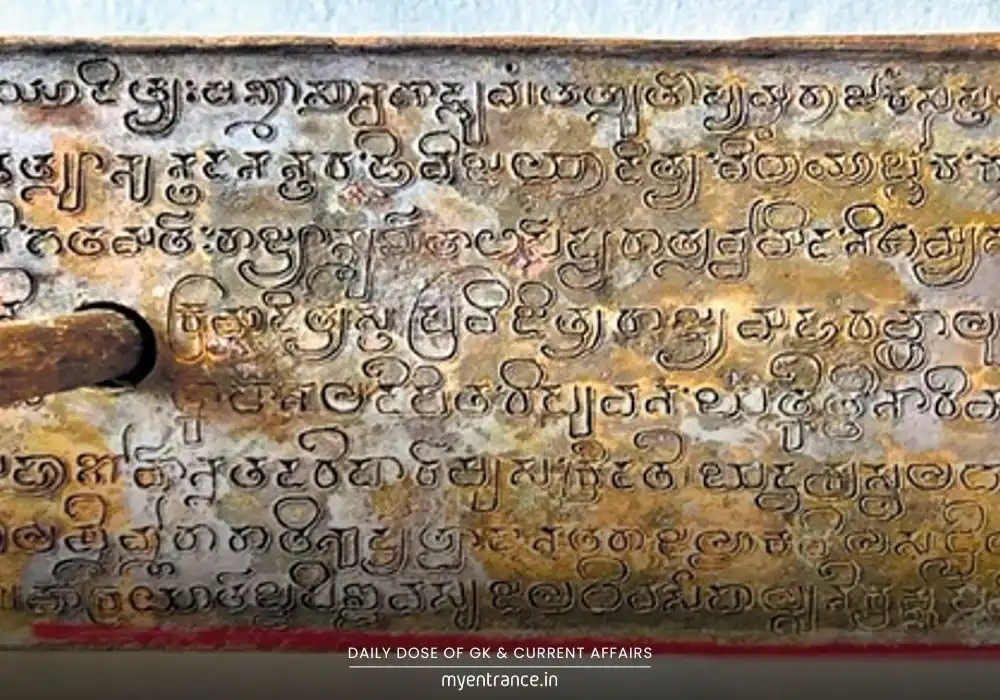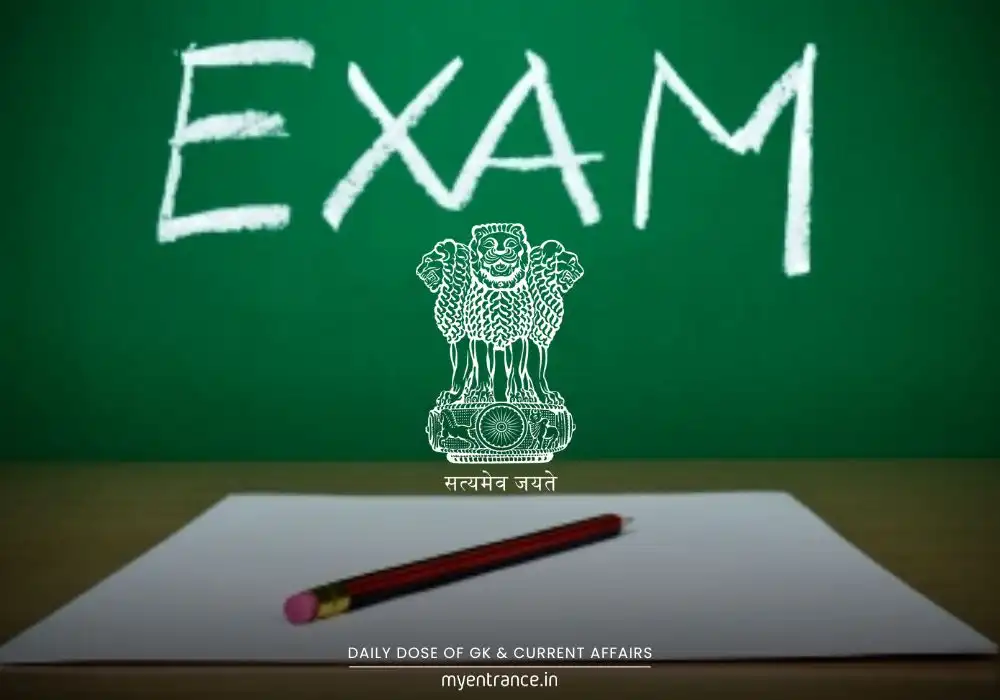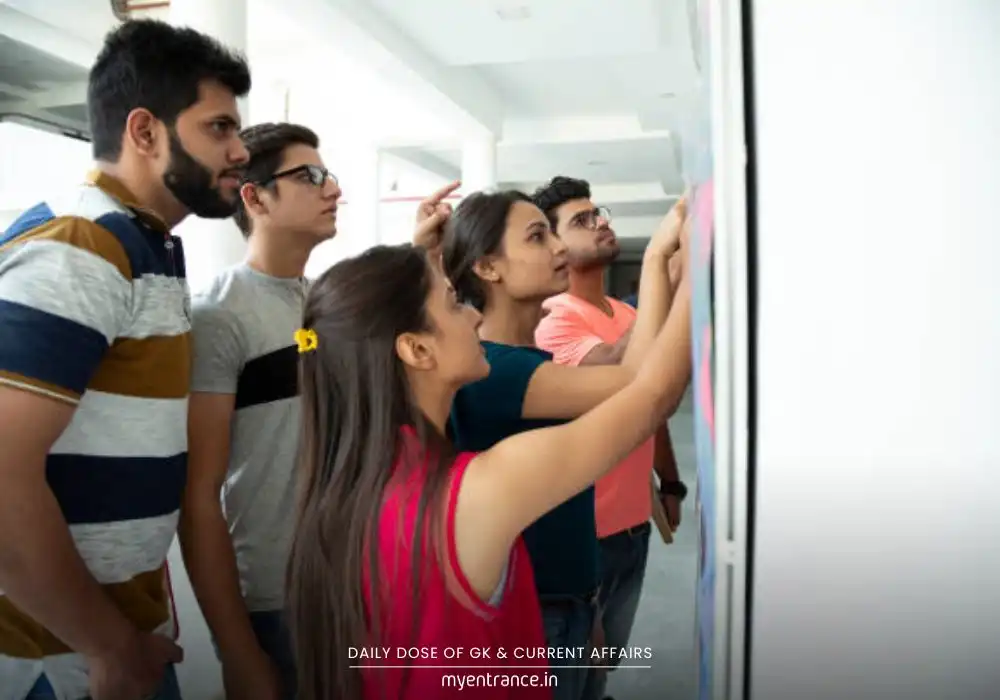Translate Language
What is Einstein’s Ring? Euclid’s Breakthrough & Why It Matters for Exams
The Euclid space telescope, launched by the European Space Agency (ESA) in July 2023, has made an extraordinary discovery—a near-perfect Einstein Ring around galaxy NGC 6505, located 590 million light-years away. This rare cosmic event provides crucial insights into gravitational lensing, dark matter, and the expansion of the universe, making it a hot topic for competitive exams like UPSC, SSC, PSC, NDA, and KAS.

How Was the Einstein Ring Discovered?
During its early testing phase in September 2023, Euclid’s high-resolution imaging captured a distorted image that caught the attention of ESA scientist Bruno Altieri. Upon closer analysis, they identified a perfectly aligned Einstein Ring, where light from a distant galaxy (4.42 billion light-years away) bent around a foreground galaxy (NGC 6505), forming a luminous ring.
Why Is This Discovery Significant?
Confirms Einstein’s General Theory of Relativity – Proves how massive objects warp space-time, bending light.
Helps Study Dark Matter – Gravitational lensing reveals unseen mass distribution in the universe.
Rare & Scientifically Valuable – Only a few such rings have been observed, making this a major breakthrough.
Euclid’s Capabilities Showcased – Demonstrates the telescope’s ability to uncover hidden cosmic phenomena.
Expert Opinions on the Discovery
Bruno Altieri (ESA Euclid Archive Scientist):
“The moment I saw the image, I knew it was special. The perfect ring formation was undeniable—a dream discovery for anyone studying gravitational lensing.”
Conor O’Riordan (Max Planck Institute):
“Strong gravitational lenses are rare, but this one stands out due to its near-perfect alignment and striking visual clarity.”
Valeria Pettorino (ESA Euclid Project Scientist):
*”It’s incredible that Euclid found this ring in a well-studied galaxy first observed in 1884. This proves we still have much to learn!”*
What is an Einstein Ring?
An Einstein Ring is a circular distortion of light formed when:
A distant galaxy aligns perfectly behind a massive foreground galaxy.
The foreground galaxy’s gravity bends the light from the background galaxy.
Due to this gravitational lensing, the light appears as a ring-shaped structure around the foreground galaxy.
This phenomenon was first predicted by Albert Einstein’s General Theory of Relativity (1915), which states that massive objects curve space-time, altering the path of light.
Why Is This Important for Competitive Exams?
UPSC (Science & Tech Section): Questions on space missions, dark matter, and relativity.
SSC & PSC (General Science): Concepts like gravitational lensing and cosmic phenomena.
NDA/CDS: Astronomy and physics-based questions.
KAS & State PSCs: Current scientific discoveries with cosmological significance.
Exam Questions & Answers
Q1: What is an Einstein Ring?
A1: An Einstein Ring is a circular light formation caused by gravitational lensing, where a distant galaxy’s light bends around a massive foreground galaxy, creating a ring-like appearance.
Q2: Which telescope recently discovered an Einstein Ring?
A2: The Euclid space telescope, launched by ESA in 2023, captured this rare phenomenon.
Q3: How does gravitational lensing support the study of dark matter?
A3: It helps map unseen mass in the universe by observing how light bends around massive objects, revealing dark matter distribution.
Q4: Who first predicted the Einstein Ring phenomenon?
A4: Albert Einstein in his General Theory of Relativity (1915).
Q5: Why is the newly discovered Einstein Ring significant?
A5: It is one of the rarest and most visually perfect rings observed, providing key insights into galaxy formation, dark matter, and cosmic expansion.
The Einstein Ring discovery by Euclid is not just a marvel of astrophysics but also a critical topic for competitive exams. Understanding gravitational lensing, dark matter, and space-time curvature can help aspirants tackle science-based questions effectively. Stay updated with such breakthroughs to gain an edge in your exam preparation!
For more exam tips and mock tests, visit MyEntrance.in.
Get 3 Months Free Access for SSC, PSC, NIFT & NID
Boost your exam prep!
Use offer code WELCOME28 to get 3 months free subscription. Start preparing today!















